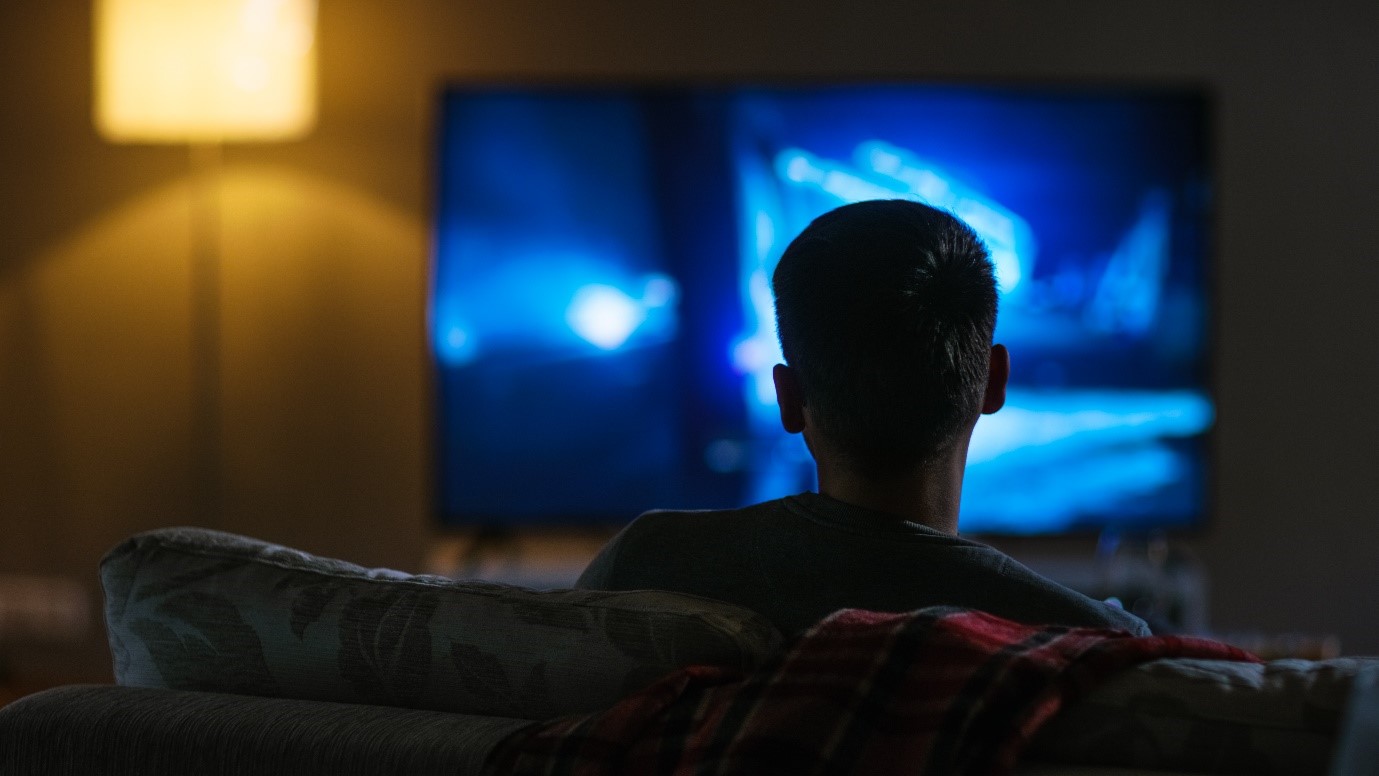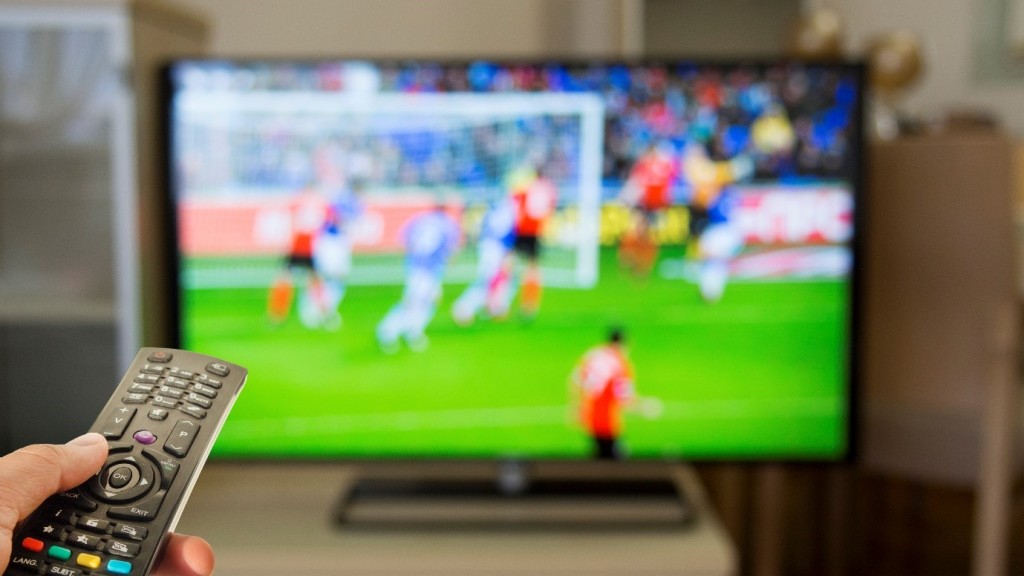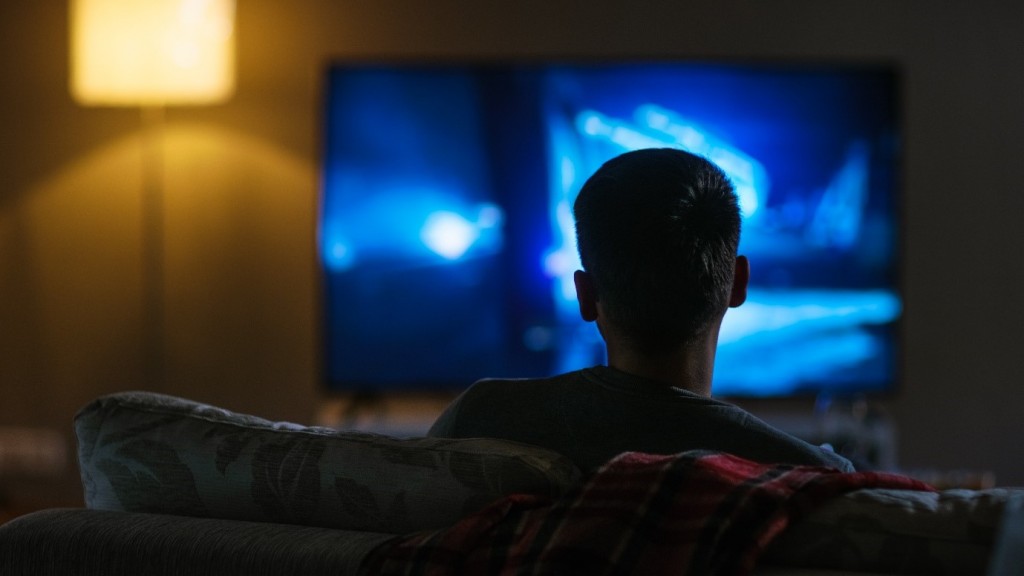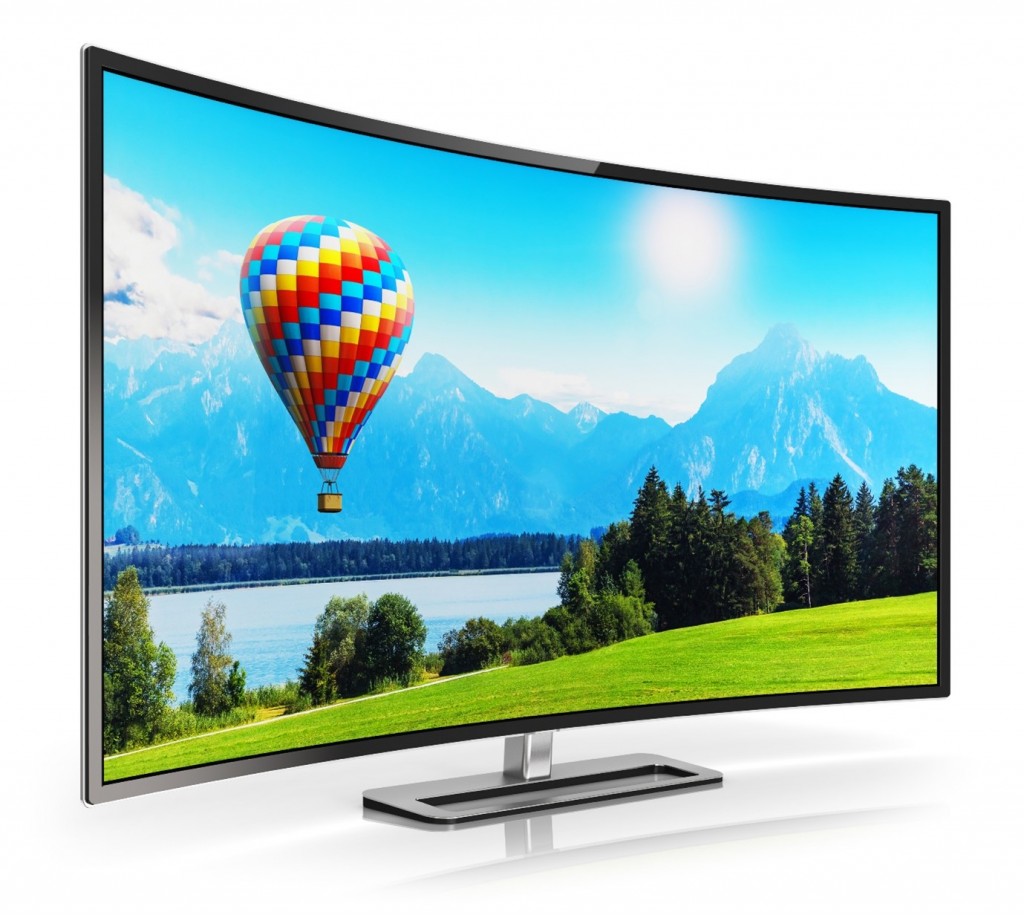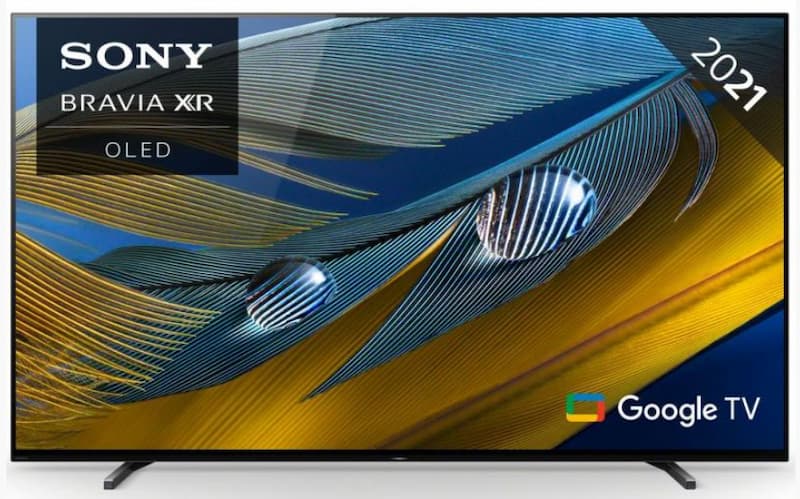When you’re thinking about a new TV purchase, there are lots of factors to take into consideration. With so many technical details associated with this technology, it can be tricky to establish which aspects are important and which don’t matter.
Yet, if you’re serious about getting the best possible viewing experience, one specification that will always be important is the processing rate.
Whether you are planning on getting a new TV to enjoy the Euro 2021 tournament, catch your favourite TV shows or movies or play the best video games, processing rates will have a significant impact on your experience. In this guide, we will be taking a closer look at processing rates and why they are a vital factor in producing smoother pictures and handling action scenes effectively.
All About Processing Rate
When you watch TV, the picture on the screen is simply a sequence of images that are shown at very high speed in order to create a continuous image that appears to move. It is similar in principle to a film reel or a flick book. The processing rate, which is sometimes known as refresh rate, gives you important information about how quickly the images are flashing across the screen.
In technical terms, you will usually find that the processing rate is recorded in hertz (Hz). The higher this number, then the more often per second the image is refreshed on your TV screen. So the higher the number, the smoother the picture. In general, you will find that TV processing rates are fixed at three standard levels. 50Hz is suitable for general viewing, while 100Hz is better suited to fast-moving action and 200Hz is the ideal processing rates for gaming and sports viewing.
TV Technology and Processing Rate
Whenever you watch a film, TV show, or sports event, the footage itself doesn’t refresh at higher than 60Hz, which is the limit. Yet the new 4K Ultra HD TVs can offer processing rates that are well in excess of 60Hz. In fact, some are even available at over 1,000Hz.
Thanks to the technical wizardry of television technology, these TVs are able to produce a smooth picture and reduced motion blur. One piece of technology that is particularly relevant here is backlight flashing. This involves the backlight on the TV going dark in-between frames. This may sound unusual, but as the human eye can’t spot the change, the result is a smoother image.
Another piece of clever technology in cheap smart TVs that can boost the viewing experience is black-frame insertion. In this case, black frames get inserted in between each image. As with backlight flashing, the naked eye is unable to spot this, producing a smoother image. If your TV has frame insertion, you will be able to find this feature when you search the settings menu.
Are High or Low Processing Rates Better?
The answer to this question will depend on what sort of program you are watching. For all-action sports events, a high rate is a benefit. Cheap LED TVs that can offer both high processing rates as well as a frame insertion are able to produce a much smoother picture than regular TVs, with reduced motion blur, so the action is easier to follow whatever sport you are watching.
The flip side of this type of processing technology is that it can negatively affect other viewing experiences. Frame insertion is great for live sport, but when it comes to films or many TV shows, frame insertion can end up looking a little jarring. So, if you are watching something that doesn’t involve a lot of high-speed action, it is often a good idea to disable high-end technology such as frame insertion and switch back to watching in standard 60Hz.
Built-In TV Technology
Some cheap TVs have extra processing rate technology fitted as standard, helping to provide a stable and smooth picture. As a result of this, TV manufacturers can sometimes use a different measurement system for processing rate, so it is important to be aware of the terminology.
Each TV will come with a number which combines various factors including the resolution level, contrast, colour, motion, noise reduction, backlight refresh speed and how immersive the viewing experience is. By expressing these factors as a single number, TV makers are able to give customers an idea of how advanced the viewing experience is with that TV.
These measurements will differ according to which manufacturer is involved. For instance, one TV maker uses PQI and a scoring system that ranges from 100 to 2400. Another references something known as PMI, while some manufacturers will use the traditional Hz measurement. These numbers are often not comparable across different TV companies as they use different criteria, but they do allow you to quickly compare the picture quality within a manufacturer’s range.
Taking the time to get familiar with the measurements used by an individual manufacturer and how they change across the whole range of TVs they produce is a good idea, particularly if you want to enjoy your favourite sports and movies with the smoothest picture possible.
